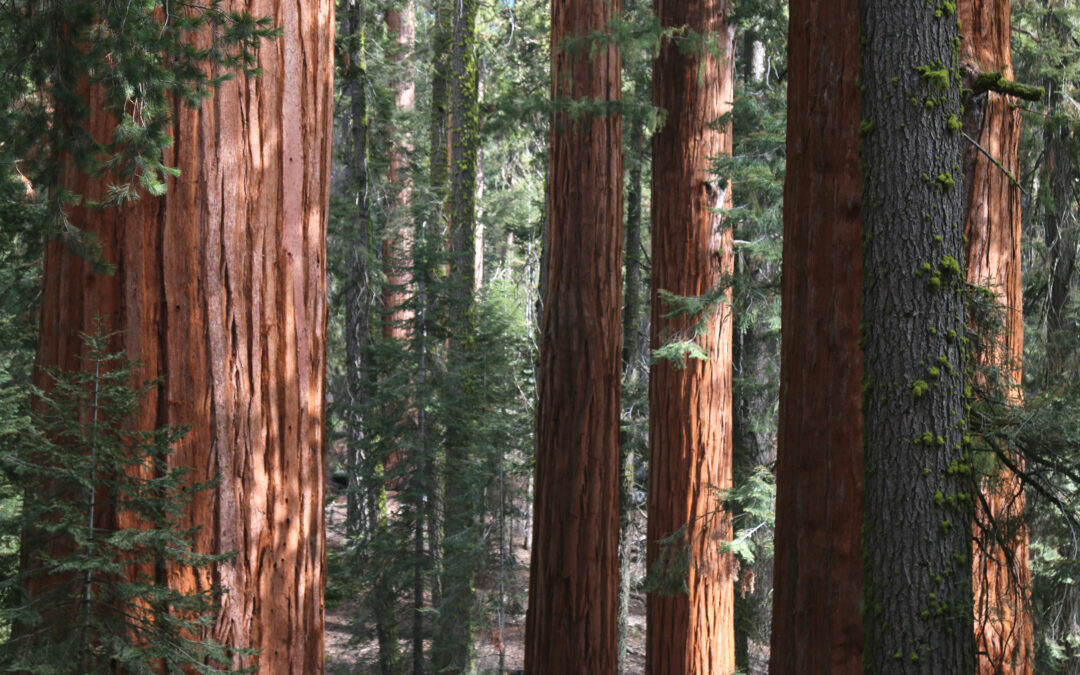Fast-Grown vs. Slow-Grown Redwood: What’s the Difference?
Redwood trees are some of the tallest and most beautiful trees in the world. They grow mainly along the coast of California and parts of Oregon. People love redwood because it’s strong, lasts a long time, and looks great. It’s often used to build fences, decks, furniture, and even houses. But not all redwood is the same. Some trees grow very quickly, and some take their time. These are called fast-grown and slow-grown redwoods.
Let’s explore what makes fast-grown and slow-grown redwoods different, and why it matters when you’re building something with redwood.
What is Fast-Grown Redwood?
Fast-grown redwood comes from trees that grow quickly. These trees are usually found on tree farms or private land, where they are planted and harvested more often. People grow them to sell the wood, so they want the trees to grow fast. These trees usually get lots of sunlight, water, and space, so they grow tall and wide in a short amount of time—sometimes in just 25 to 40 years.
Because they grow quickly, the rings inside the tree (called growth rings) are wide apart. Each ring shows one year of growth, and wide rings mean the tree added a lot of wood that year.
What is Slow-Grown Redwood?
Slow-grown redwood comes from trees that grow more slowly. These trees are often found in old forests or on public land where the trees are not cut down as often. Some of these trees can be hundreds of years old! They grow in cooler, shadier places, and they don’t always get perfect weather or soil. Because of this, they grow slowly, sometimes just adding a little bit of wood each year.
The rings inside slow-grown redwood are close together, showing that the tree grew slowly over time.
How Does Growth Speed Affect the Wood?
Now let’s talk about how fast or slow growing affects the wood itself.
- Strength and Durability
Slow-grown redwood is usually stronger and more durable than fast-grown redwood. Because the rings are close together, the wood is denser—which means the wood is packed tighter. Denser wood is less likely to bend, crack, or break.
Fast-grown redwood has more space between its rings, making it softer and lighter. It’s easier to cut and work with, but it might not last as long, especially if it’s used outdoors.
- Color and Appearance
Slow-grown redwood often has a richer color, like deep red or brown. It also has a tighter, smoother grain pattern that many people find beautiful. This kind of wood is great for fancy projects or places where the wood will be seen, like decks and fences.
Fast-grown redwood can look lighter in color—more pink or tan—and the grain is not as tight. It may have more knots or uneven spots, which can make it look less polished.
- Resistance to Rot and Bugs
Slow-grown redwood usually has more natural oils and tannins that help protect it from rotting and being eaten by bugs. That’s why it’s often used outdoors.
Fast-grown redwood may not have as much of these protective oils, so it might not last as long without extra treatment, like sealers or stains.
Where Does the Redwood Come From?
Another big difference is where the redwood comes from.
- Fast-grown redwood usually comes from tree farms that plant and harvest trees quickly. These are often private lands, and the wood is made to be sold often and in large amounts.
- Slow-grown redwood often comes from old-growth forests, or from trees that were planted a long time ago and left to grow slowly. Some of this wood comes from public lands, where cutting trees is limited or controlled by the government to protect nature.
Why Does It Matter?
You might be thinking: Why should I care how fast the tree grew? Isn’t redwood just redwood?
Well, it matters depending on what you’re building, how long you want it to last, and how much you want to spend.
- If You Want Quality:
Slow-grown redwood is often considered higher quality. It lasts longer, looks better, and handles harsh weather better. If you’re building something you want to last 20 years or more—like a deck, fence, or even furniture—slow-grown might be the better choice.
- If You Want to Save Money:
Fast-grown redwood is usually cheaper. Since it grows quicker, it’s easier to replace. It might be a good choice for things that don’t need to last forever, or if you’re on a budget.
- For the Environment:
Some people prefer fast-grown redwood because it comes from managed tree farms, which can help save old forests. Others prefer reclaimed slow-grown wood, which comes from old buildings and doesn’t require cutting down more trees.
How to Tell the Difference
If you’re shopping for redwood, here are a few tips to tell if it’s fast- or slow-grown:
- Look at the rings (if you can see the end of the wood). Wide rings = fast-grown. Tight rings = slow-grown.
- Check the color. Darker red or brown = slow-grown. Lighter pink or tan = fast-grown.
- Feel the weight. Slow-grown wood usually feels heavier and sturdier.
- Ask where it came from. A good lumber yard can tell you if the wood came from tree farms or old-growth areas.
Final Thoughts
Both fast-grown and slow-grown redwood have their place. Neither is “bad,” but they are different. Fast-grown redwood grows quickly and is more affordable, but may not last as long. Slow-grown redwood grows slowly and costs more, but is stronger and more beautiful.
Understanding the difference helps you make smart choices—whether you’re building a fence, a deck, or a picnic table.
Next time you see a redwood tree or a redwood board, you’ll know a little more about the story behind the wood—and how nature’s pace can make a big difference in what we build.

